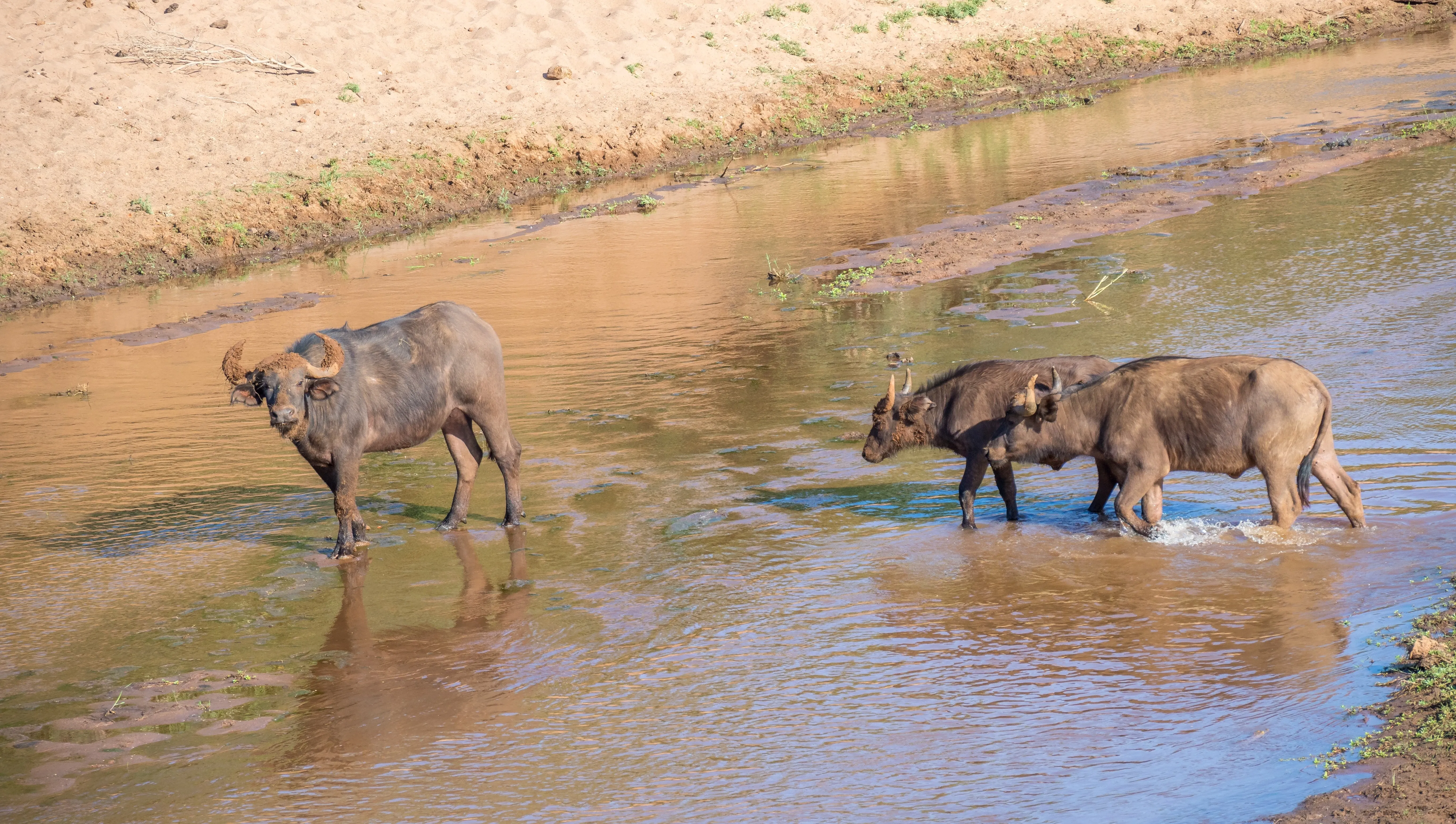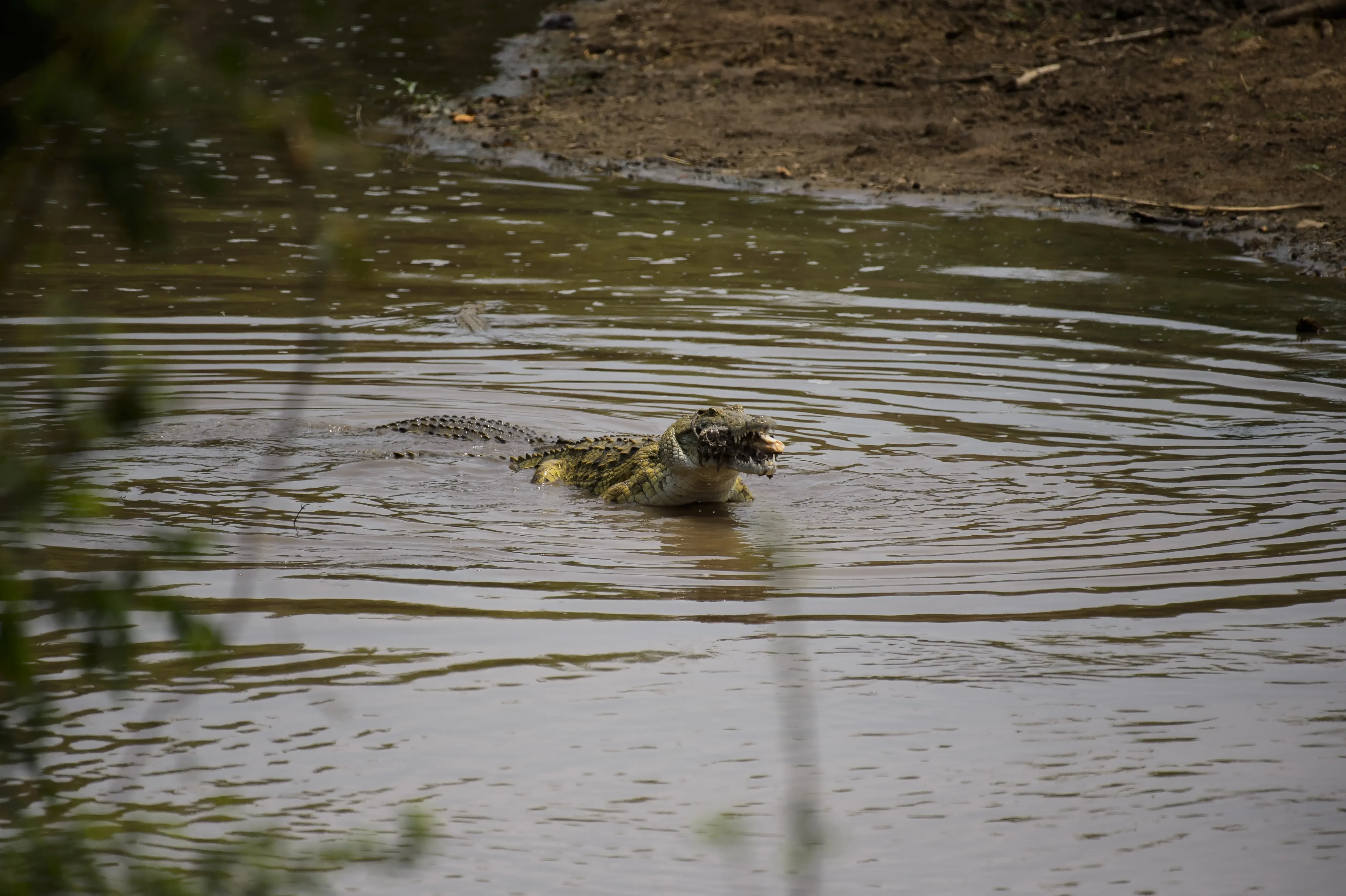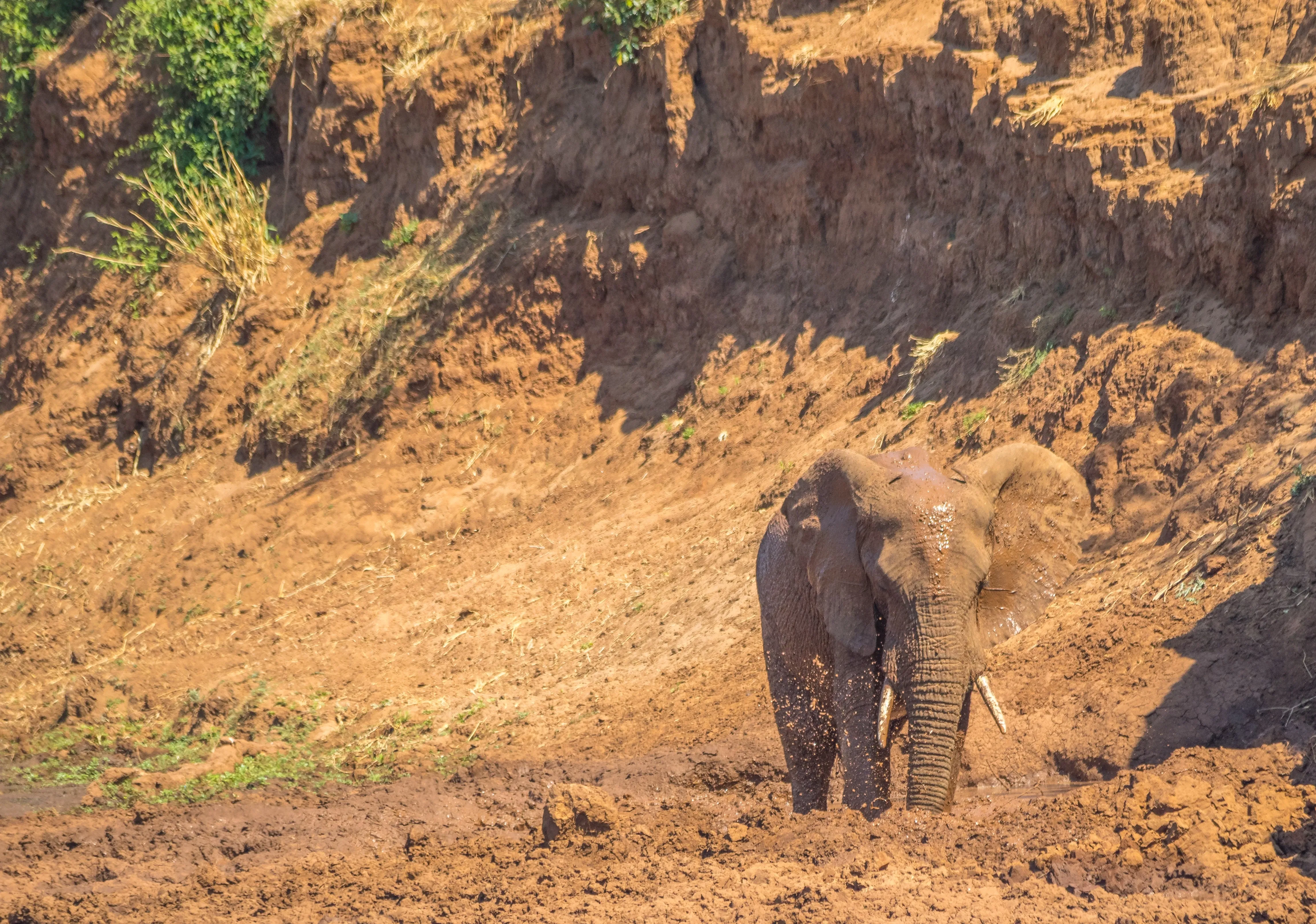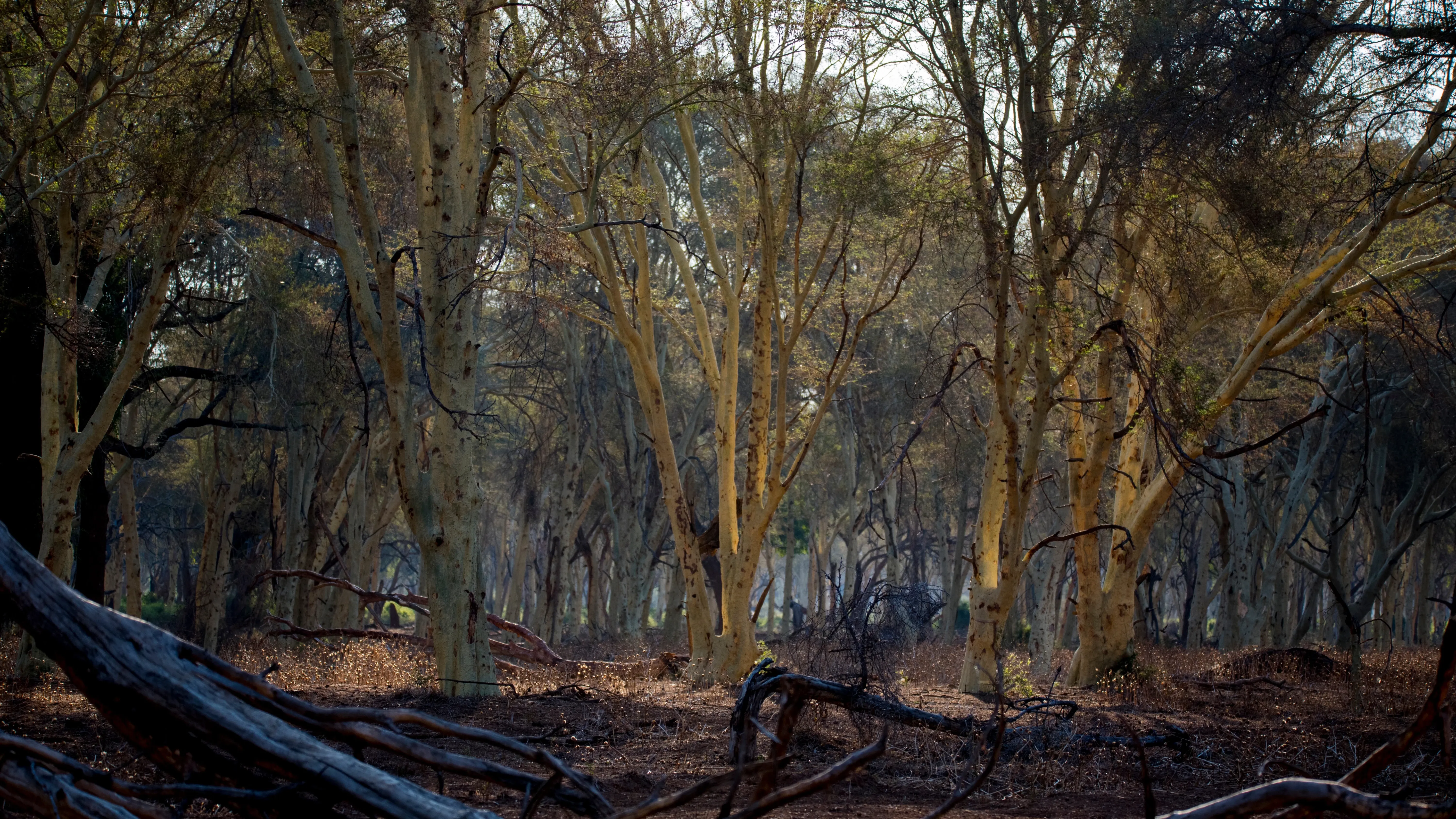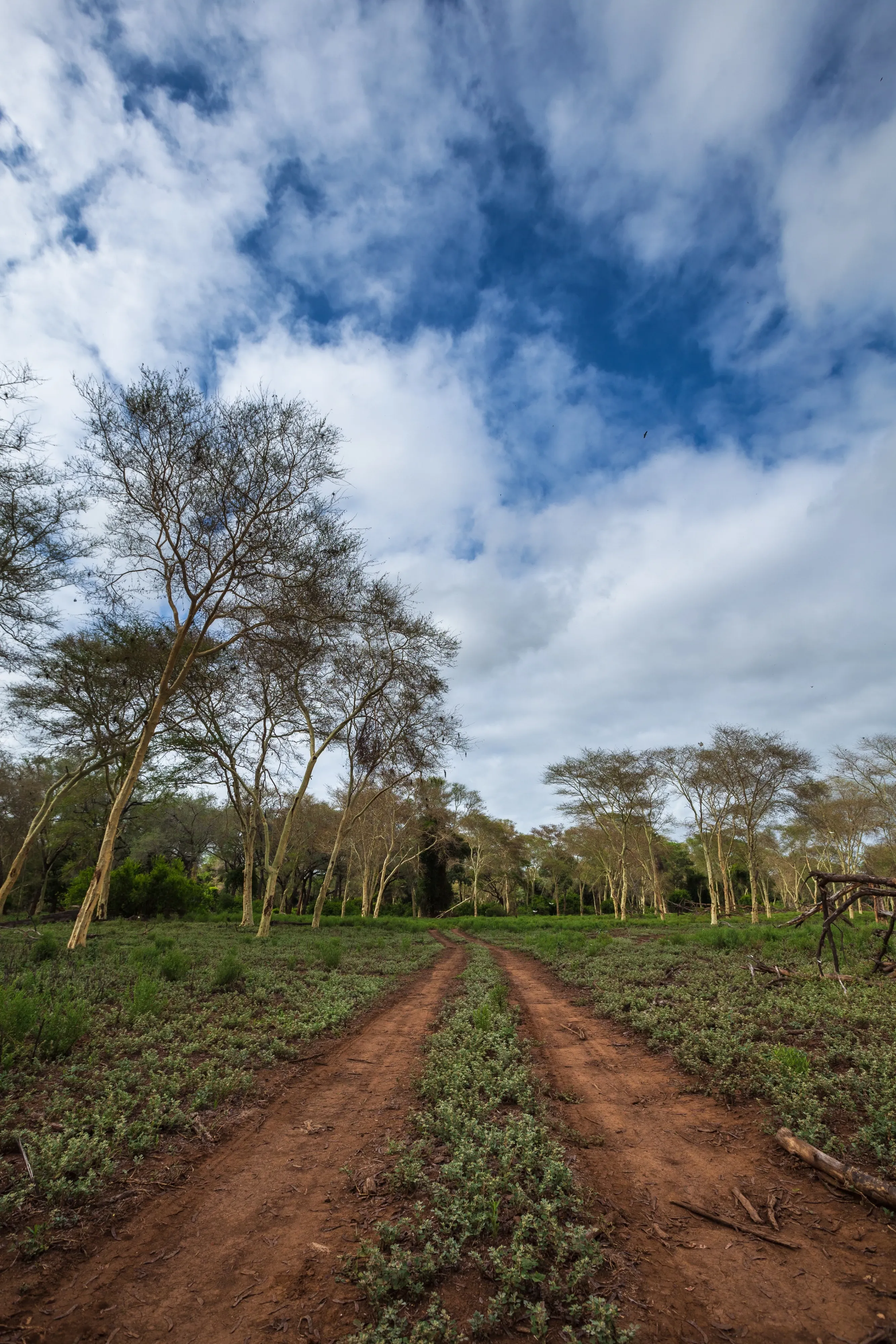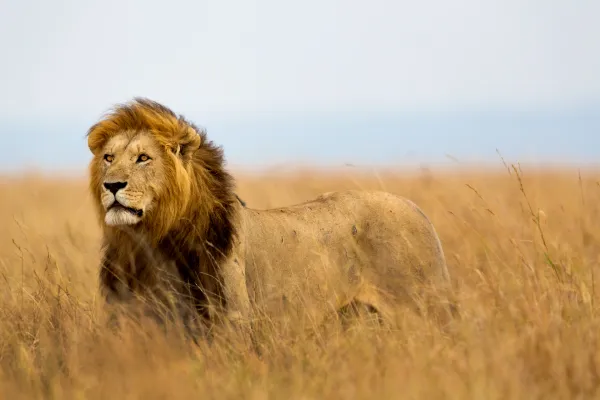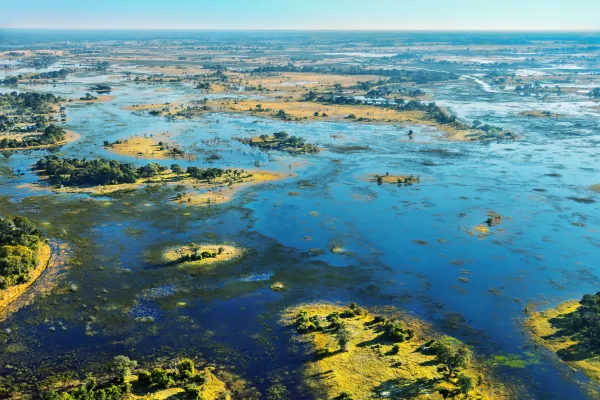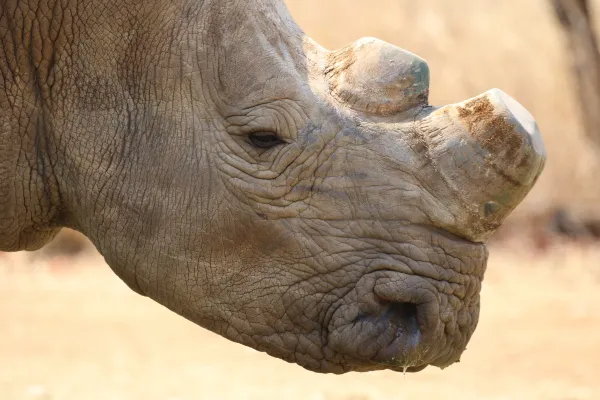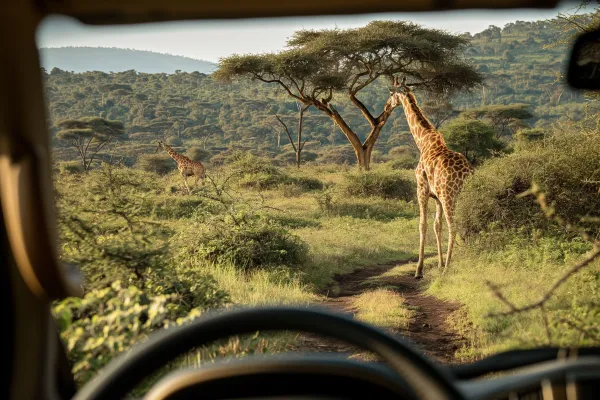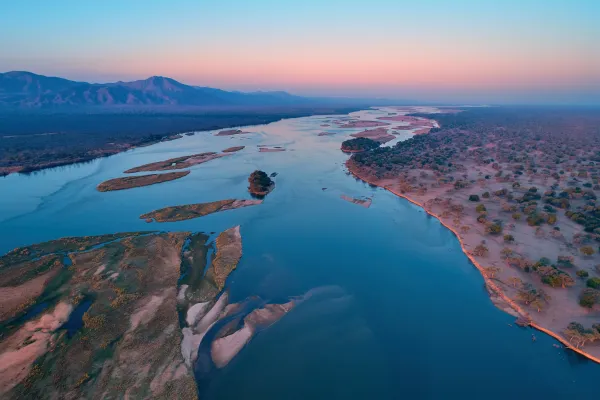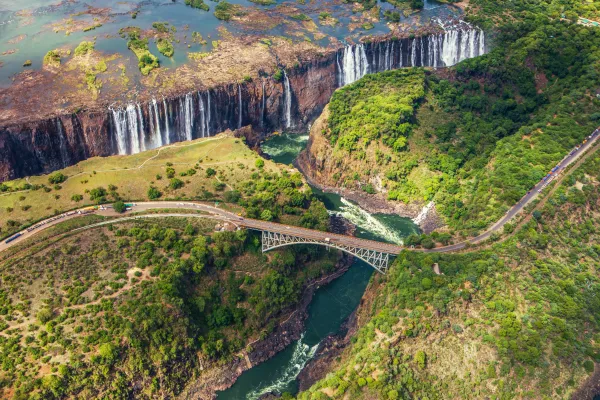A Voice from the Wilderness: The famous story of “The Ivory Trail”
As a safari guide, explorer and historian, one of my highlights was working and living in a spectacularly remote position of the Kruger National Park.
Nestled between the iconic Limpopo River and the brooding Levuvhu River with the frontiers of Zimbabwe to the north and Mozambique to the east, lies the region known as "the Pafuri Triangle", or Makuleke.
It’s a land of beautiful fever-tree forest, of floodplains, wetland, of dense riverine, of secluded springs and of deep gorges.Due to its remote location, at a point where three countries converge, the region has had a rich, colourful and often sinister history. For me as a young boy, it was brought to life by a wonderful book by TV Bulpin called The Ivory Trail, which was set in Makuleke during the 1920s.
The story is principally about the legendary elephant hunter and poacher Cecil Barnard and his wild adventures of elephant hunting and illegal ivory smuggling.
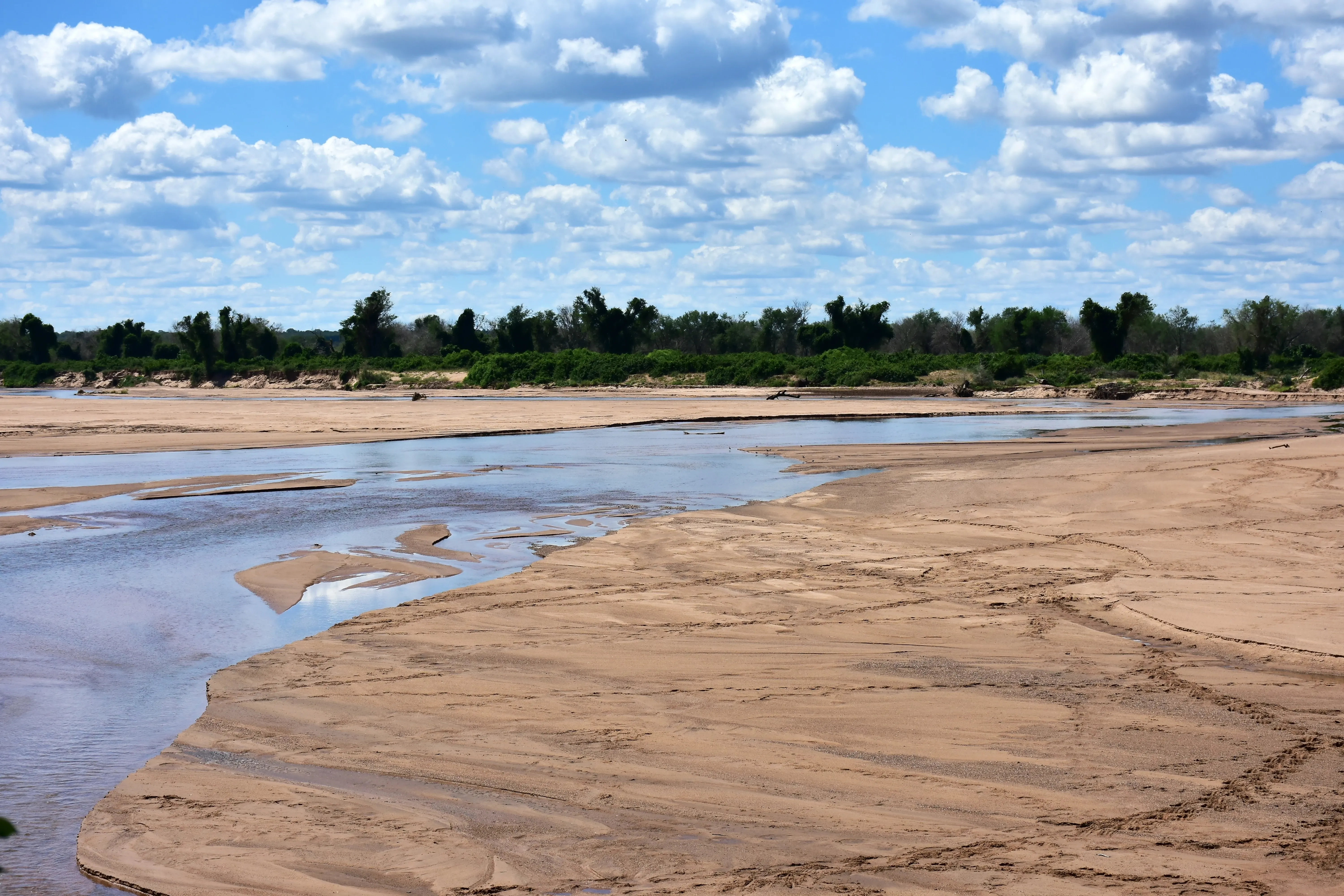
Dreaming of Makuleke
Back then this region was a lawless land, remote and far from any administration centres. The vast woodlands of Mozambique (then called Portuguese east Africa) and Zimbabwe (the Southern Rhodesia) offered refuge for hunters, travellers, explorers and vagabonds of all description.
In many ways it was a little like the Wild West. I used to lie awake dreaming of the day I could set foot there, and visit the places Bulpin wrote so enchantingly about in the book.
The rogue of Barnard somehow inspired me, not to poach elephant of course, but to set out and search beyond the frontier, regardless of the perils at risk. To live wild and free. I was mesmerised!
So, in the unfortunately limited space this column allows, I’ll do my best to share The Ivory Trail story with you, and what it was like in Makuleke a century ago.
Makuleke in the 1920s
As the greater area of the Kruger National Park was proclaimed in 1926, the enclave of Makuleke across the Luvuvhu River was never effectively administered, and remained a kind of conservation no-man’s land until 1969 when it fell under the National Parks jurisdiction.
This, as well as the proximity to the porous borders of neighbouring countries, made the region ideal for illegal hunters and poachers to escape the law.
Cecil Barnard and the ivory trade
Enter Cecil Barnard, a tough and formidable South African who chose this challenging region in which to operate. As TV Bulpin mentions in the book, Barnard would evade the South African, Rhodesian or Portuguese authorities by country-hopping accordingly!
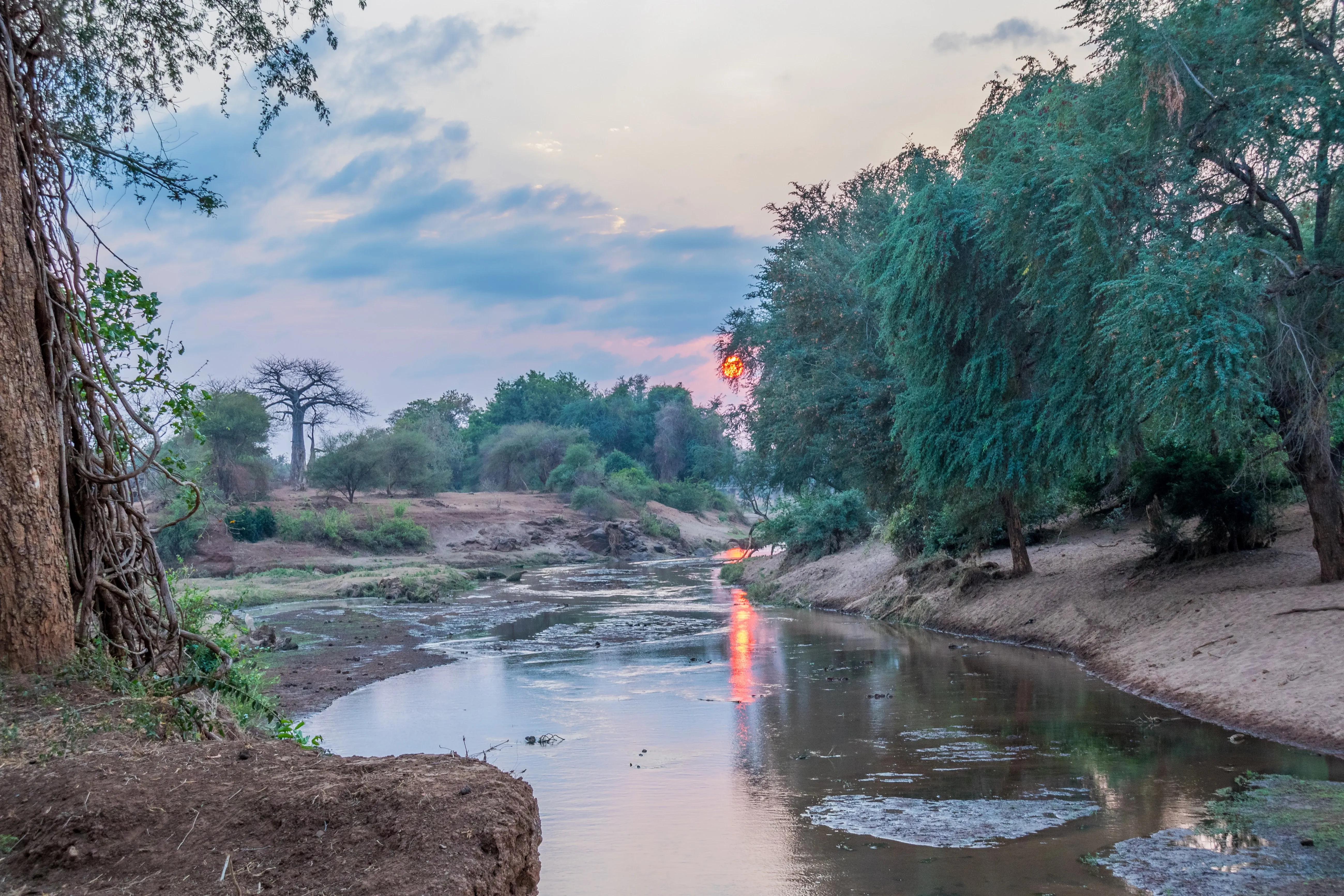
The area, close to where he had a camp at the confluence of the Limpopo and Luvuvhu Rivers, is now fondly known as Crook’s Corner.
Ivory was a valuable commodity and thriving market in those days, and Barnard did his best to supply it as much as possible. His footpaths and wagon trails are still in use today, and the places he camped, crossed rivers and spent time in local villages can be visited today.
From hunting to conservation
As reprehensible as it seems, the nature of the times perhaps makes it a little more understandable … especially when Barnard, in later years, would actually lobby the different governments to proclaim the greater region as a protected conservation area.
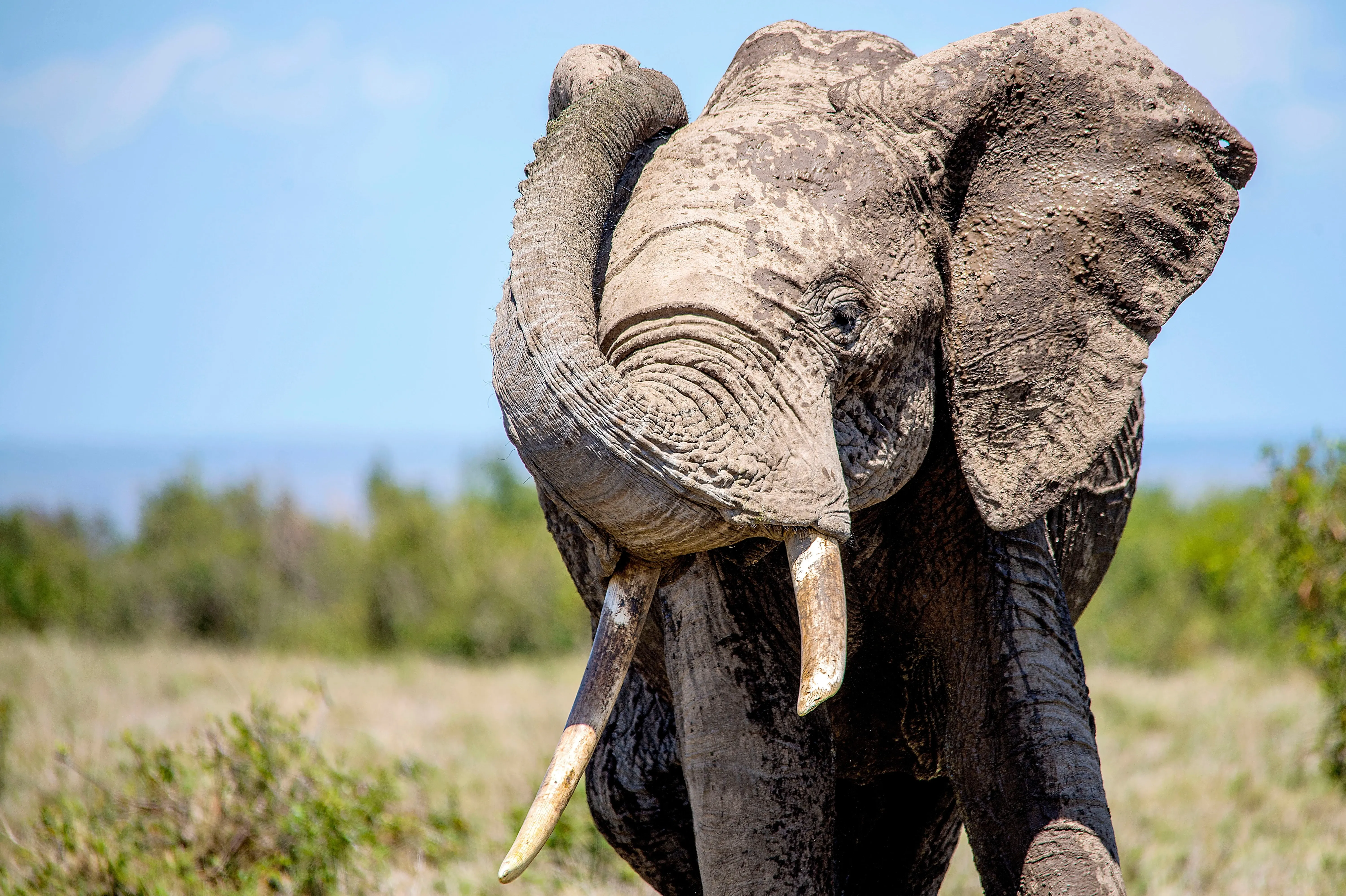
So after years of exploring the natural splendour of Makuleke, he “hung up his gun” as so many elephant hunters do. This is a common thread in so much African folklore, as I have heard of countless elephant hunters who have become conservationists, but not of a single conservationist who has become an elephant hunter.
By this stage he became well known within the Shangaan communities, and had earned his legendary nickname of ‘Bvekenya”, which alluded to the distinctive way he walked.
The name ‘Bvekenya’ is still spoken of today, almost a century later. This is an indication of his reputation and relationships he forged with the local communities.
Tough pioneering days
There was a small and hardy group of adventurers who set up shop in Makuleke alongside him, with characters such as William Pye going on to establish trading stores and transport riding routes. Others tried to farm the land, and some prospected for minerals.
What is for certain is that those pioneering days were crazily hazardous, not exactly a picnic with maddening summer heat, dysentery, and other physical challenges. Many succumbed to wild animals, malaria, influenza, too much whiskey or a combination of them all.
Having lived in Makuleke, albeit under more comfortable modern circumstances it has to be said (and of course without the whiskey!) I can vouch for the hardiness of these men, and the trying conditions in which they lived. Barnard however was resilient, and once retiring as an elephant hunter moved back to his family farm in the North West province where he died in 1962.
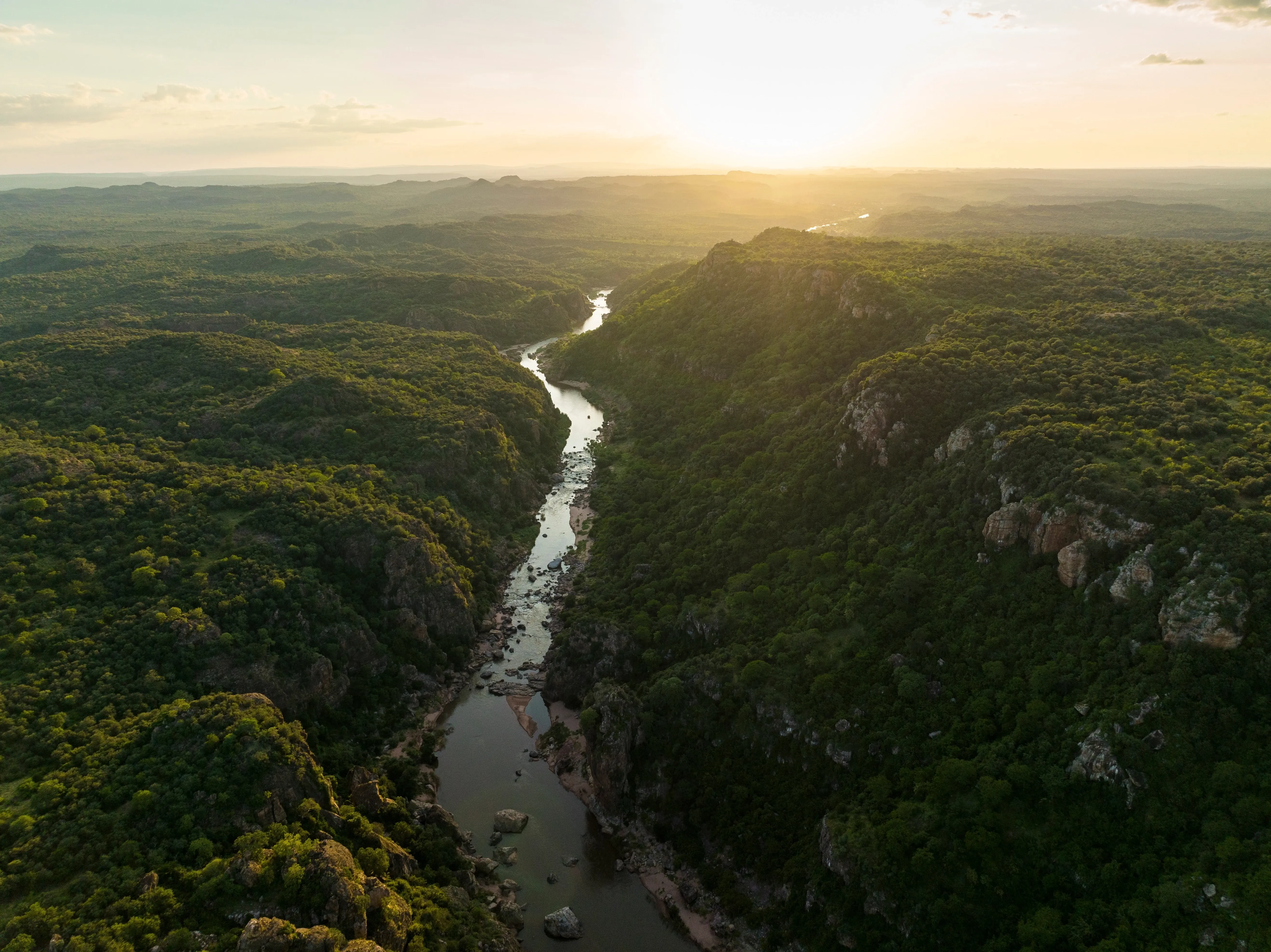
Makuleke – wild South Africa at its best
The Makuleke is a fantastic safari destination, with large herds of buffalo, elephant, giraffe and antelope. And amazing safari camps. The birdlife is phenomenal and the scenery is sensational. It may only be a fraction of the size of the Kruger National Park surface area, but it contains over 90% of the biodiversity of the entire park.
It is wild South Africa at its best, and for good measure, mixed in with healthy doses of fascinating history, historical sites and folklore. Going on safari here is an phenomenal experience, exploring the amazing diversity and following in the footsteps of Barnard, Pye and their bushwhacked colleagues.
Let's safari!
Alan McSmith
Sign up for the newsletter
By clicking on “Subscribe now” I will subscribe to the Conscious Explorer newsletter with all the information about mindful travel. Information on the success measurement included in the consent, the use of the shipping service provider MailChimp, logging of the registration and your rights of revocation can be found in our privacy policy.

